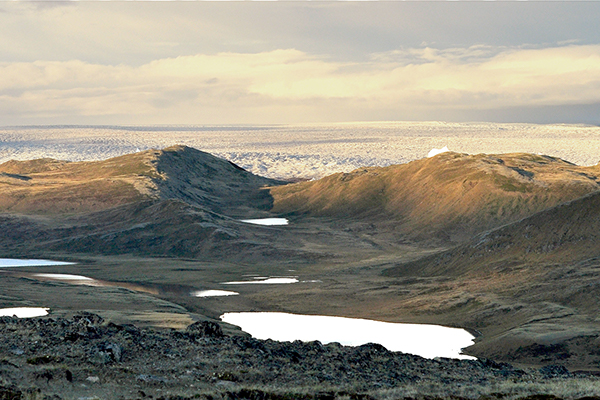
Full Text:
Plants and soil in the Arctic tundra absorb and store mercury released into the atmosphere by industry and mining in the Earth's temperate regions, leading to soil mercury levels five times higher than in lower latitudes. An international team of researchers from the U.S. and France used a combination of methods to monitor the accumulation of mercury from the atmosphere, performing continuous sampling over a 2-year period, including through the Arctic winter.
They concluded that the Arctic tundra is a major "sink" for mercury, a toxin that affects the neurological and immune systems of Arctic wildlife and is passed along to indigenous people who rely on subsistence hunting for their food.Image credit: Eric Post/Penn State University